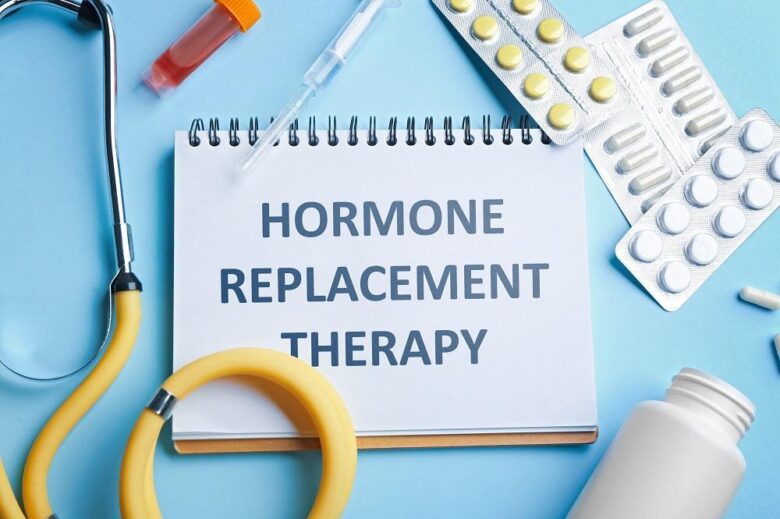As we gracefully transition into our golden years, the human body undergoes a series of transformations, some of which can leave us feeling less than vibrant. Among these changes, the decline in testosterone levels often garners attention, particularly for men over the age of 50. Once associated primarily with youthful vigor and vitality, testosterone is now recognized not just as a hormone but as a crucial element influencing mood, energy, and even overall quality of life. In this article, we delve into the world of testosterone therapy, exploring its potential benefits, risks, and considerations for those navigating the complexities of aging. Whether you’re seeking to regain that spark or simply aiming for better well-being, understanding the implications of testosterone therapy may be a pivotal step in embracing a healthier aging process.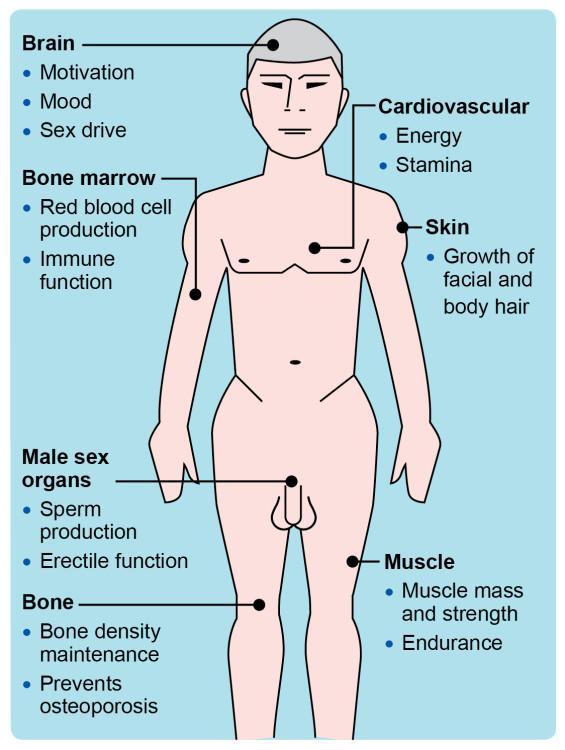
The Importance of Testosterone for Men Over Fifty
The decline of testosterone levels is a natural part of aging, yet it significantly impacts men over fifty in various ways. Testosterone plays a crucial role in maintaining muscle mass, bone density, and overall vitality. As levels drop, men may experience noticeable changes, including diminished energy, increased body fat, and reduced motivation. By addressing low testosterone through therapy, men can potentially regain a sense of well-being and enhance their quality of life. Key benefits of maintaining healthy testosterone levels include:
- Improved energy levels: Increased stamina and reduced fatigue.
- Enhanced mood: Better emotional stability and reduced feelings of depression.
- Increased libido: Restoration of sexual desire and performance.
- Better cognitive function: Improved clarity and focus.
Testosterone therapy has emerged as a viable option for many men seeking to counteract the effects of aging. Monitoring hormone levels through regular check-ups and blood tests is essential, allowing healthcare providers to tailor treatment plans to individual needs. Research indicates various approaches to therapy, including injections, gels, and patches. Each method offers unique advantages, and understanding these options can empower men to make informed decisions about their health. Below is a concise comparison of common testosterone therapy methods:
| Method | Advantages | Considerations |
|---|---|---|
| Injections | Fast-acting and potent | Requires frequent visits |
| Gels | Easy to apply and administer | Risk of transferring to others |
| Patches | Consistent delivery of hormones | Skin irritation possible |
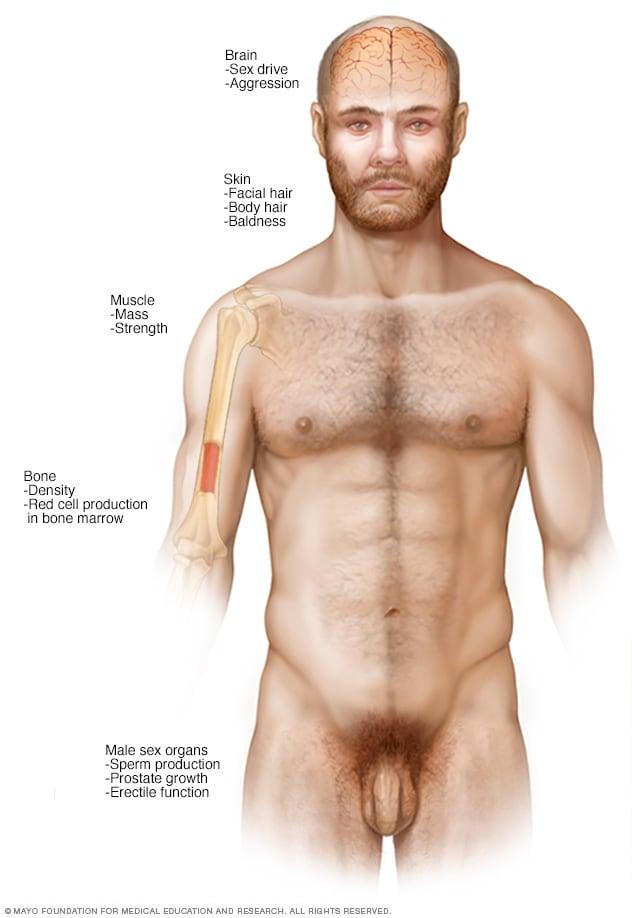
Understanding Low Testosterone Levels and Their Impact
As men age, particularly after the age of 50, they may experience a gradual decline in testosterone levels, often referred to as andropause. This decrease can lead to a variety of physical, emotional, and psychological effects, fundamentally impacting overall well-being. Common symptoms associated with low testosterone include:
- Fatigue: A pervasive sense of tiredness may emerge, even with adequate rest.
- Reduced libido: A noticeable dip in sexual desire can occur, potentially straining intimate relationships.
- Loss of muscle mass: An increase in body fat coupled with the loss of muscle can affect strength and metabolism.
- Mood changes: Anxiety, depression, and irritability might surface, leading to significant emotional distress.
The impact of low testosterone extends beyond individual symptoms; it can also lead to serious health conditions, including osteoporosis and cardiovascular issues. When discussing treatment options, it’s essential to consider testosterone therapy as a viable solution for many men. This therapy may alleviate some negative effects of low testosterone, but it’s crucial to consult healthcare providers before starting:
| Benefits of Testosterone Therapy | Potential Risks |
|---|---|
| Increased energy levels | Sleep apnea risk |
| Improved mood | Acne and skin reactions |
| Enhanced muscle strength | Potential prostate issues |
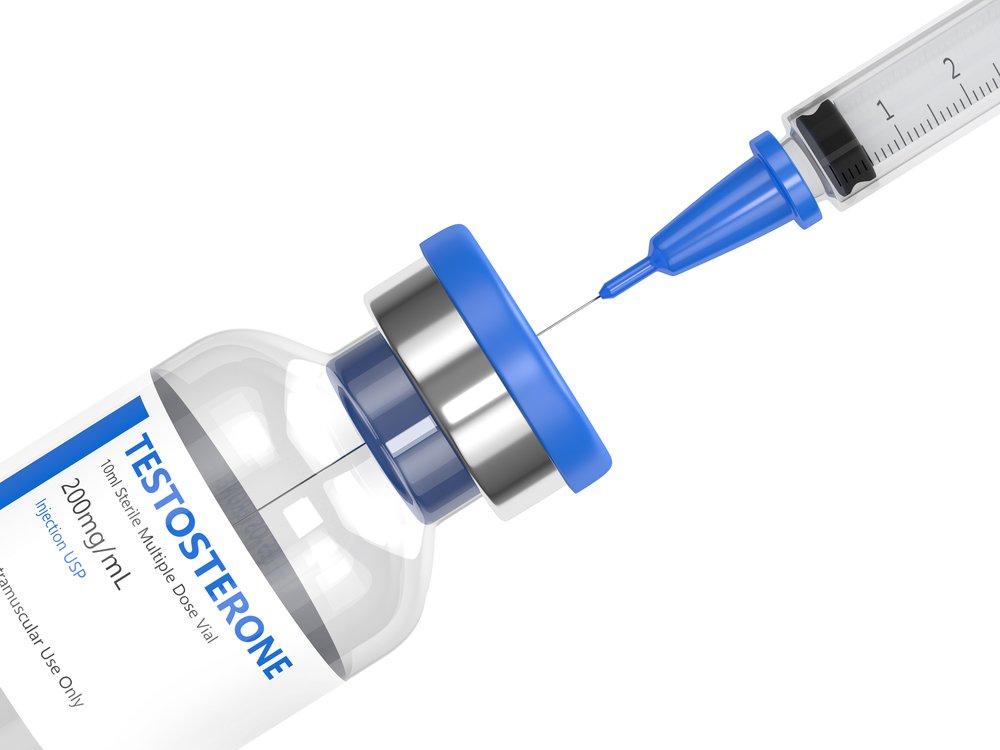
Exploring the Benefits of Testosterone Therapy
As men approach their 50s, many often experience natural declines in testosterone levels, which can lead to a variety of physical and emotional changes. By considering testosterone therapy, individuals may unlock numerous benefits that enhance overall well-being. Increased energy levels, improved mood stability, and heightened sexual function are some of the most commonly reported advantages. Alongside these personal benefits, therapy can aid in reducing the risk of certain age-related health issues, helping men maintain a stronger foundation for an active lifestyle.
Engaging in testosterone replacement therapy often leads to significant improvements in various aspects of life. Some potential benefits include:
- Enhanced Muscle Mass: Promotes strength training results, contributing to physical fitness.
- Improved Cognitive Function: May help boost memory and concentration.
- Better Quality Sleep: Restoring hormonal balance can lead to improved sleep patterns.
To understand the potential effects and monitor progress, regular assessments can be helpful. Below is a simple outline of some key metrics to track:
| Assessment Metric | Frequency of Assessment | Target Level |
|---|---|---|
| Testosterone Levels | Every 6 months | 300-1000 ng/dL |
| Body Composition | Every 3 months | Increased muscle mass |
| Mood and Energy Levels | Monthly | Stable improvements |
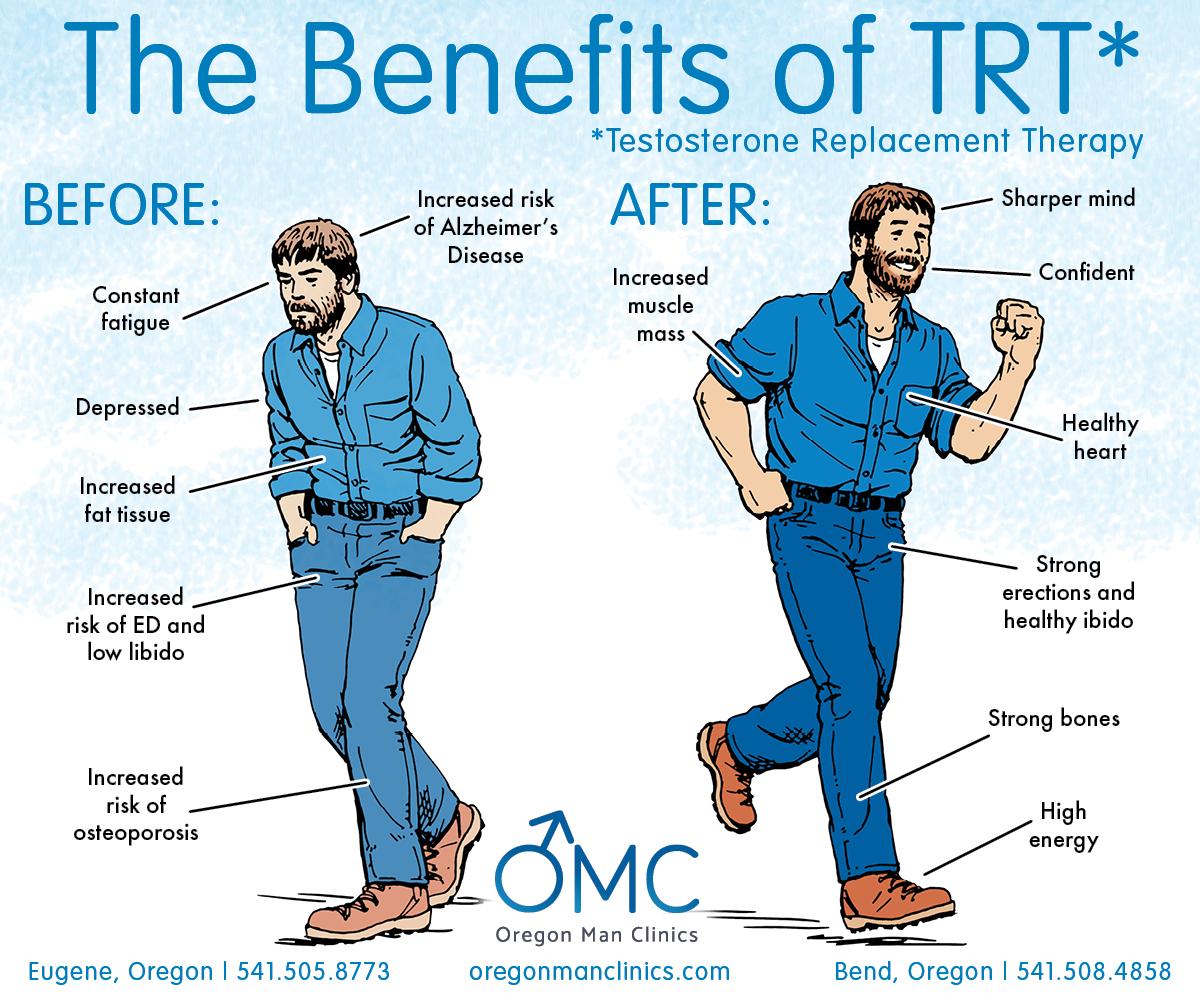
Evaluating the Risks and Side Effects of Treatment
While testosterone therapy can offer numerous benefits for men over 50, it is essential to recognize the potential risks and side effects that may accompany treatment. Some of the most commonly reported side effects include:
- Acne or oily skin: Increased hormone levels can stimulate oil glands, leading to skin changes.
- Sleep apnea: Existing sleep disorders may be exacerbated by testosterone supplementation.
- Fluid retention: This can lead to swelling in the legs or other areas, requiring careful monitoring.
- Prostate issues: In some cases, testosterone therapy may aggravate benign prostatic hyperplasia or increase the risk of prostate cancer.
Furthermore, cardiovascular health must be considered, as research shows a potential link between testosterone therapy and heart-related issues, particularly in older patients. It’s advisable to discuss the following factors with a healthcare provider:
| Factor | Consideration |
|---|---|
| Heart Disease History | Increased monitoring may be necessary. |
| Cholesterol Levels | Regular testing is recommended to avoid imbalances. |
| Other Medications | Interactions with current treatments must be assessed. |
Selecting the Right Treatment: Options for Testosterone Therapy
When considering testosterone therapy, it is essential to explore the various options available to ensure a tailored approach that meets individual health needs. The main forms of testosterone delivery include:
- Injections: Administered directly into the muscle, usually every 1-3 weeks.
- Patches: Applied to the skin daily, allowing for a steady absorption of testosterone.
- Gels: These allow for easy application to the skin and offer flexible dosing options.
- Pellets: Small pellets inserted under the skin that release testosterone over time.
Each treatment modality has its pros and cons, and effectiveness can vary based on personal lifestyle, health condition, and specific needs. It is also crucial to consider the potential side effects associated with each option, such as:
| Delivery Method | Common Side Effects |
|---|---|
| Injections | Itching, swelling, mood swings |
| Patches | Skin irritation, hormonal fluctuations |
| Gels | Transfer risk to others, skin irritation |
| Pellets | Infection risk, irritation at insertion site |
Consulting with a healthcare provider experienced in hormonal therapies is vital to engage in an informed discussion about which treatment may work best for you. Individual medical history, current health conditions, and personal preferences all play significant roles in shaping the decision-making process for effective testosterone therapy.
Monitoring and Adjusting Your Hormone Levels
After commencing testosterone therapy, regular monitoring is essential to ensure that hormone levels remain balanced and optimal. This often involves scheduling follow-up appointments with your healthcare provider, who can perform blood tests to assess testosterone levels, as well as other related hormones. Frequent testing, particularly in the first few months, allows for the identification of potential side effects or necessary adjustments in dosage. Patients should be aware of common indicators for hormone imbalance, including changes in mood, energy levels, and libido.
Adjustments to hormone therapy should be tailored to each individual’s response and needs. Here are some key aspects to consider:
- Frequency of Tests: Initially, testing may be done every 3 to 6 months.
- Symptoms Tracking: Keeping a journal of physical and emotional changes can aid in discussions with your doctor.
- Side Effects Management: Report any adverse reactions promptly to facilitate timely modifications.
The following table illustrates common symptoms and possible adjustments based on testosterone levels:
| Testosterone Level | Symptoms | Adjustment Recommendation |
|---|---|---|
| Low | Fatigue, irritability | Increase dosage |
| Optimal | Increased energy, mood stability | Continue current therapy |
| High | Agitation, acne | Decrease dosage |
Lifestyle Changes to Complement Testosterone Therapy
Incorporating lifestyle adjustments can significantly enhance the benefits of testosterone therapy, particularly for those over 50. Regular physical activity is crucial; engaging in both strength training and cardiovascular exercise not only boosts testosterone levels naturally but also helps maintain muscle mass and overall vitality. Consider incorporating the following practices into your routine:
- Strength Training: Aim for at least two sessions a week.
- Endurance Activities: Brisk walking, swimming, or cycling for at least 150 minutes weekly.
- Flexibility Exercises: Incorporate yoga or stretching to improve mobility.
Nutrition also plays a pivotal role in supporting testosterone therapy. Focus on a balanced diet rich in healthy fats, lean proteins, and essential vitamins. Here’s a simple dietary guide to enhance your regimen:
| Food Group | Examples |
|---|---|
| Healthy Fats | Avocados, nuts, olive oil |
| Lean Proteins | Chicken, fish, legumes |
| Fruits & Vegetables | Berries, spinach, broccoli |
Additionally, consider prioritizing quality sleep and managing stress effectively, as both are vital for maintaining hormonal balance. Simple practices like meditation and deep breathing can make a significant difference in overall well-being.
Q&A
Q&A: Understanding Testosterone Therapy After 50
Q1: What is testosterone therapy, and why is it used, especially after age 50?
A1: Testosterone therapy refers to the treatment that aims to restore testosterone levels in men who may have low levels due to aging or other health conditions. After age 50, many men experience a natural decline in testosterone, which can lead to various symptoms like fatigue, decreased libido, mood changes, and loss of muscle mass. The therapy can help alleviate these symptoms and improve overall quality of life when administered under proper medical guidance.
Q2: How can someone tell if they need testosterone therapy?
A2: Identifying the need for testosterone therapy typically involves recognizing persistent symptoms associated with low testosterone, such as reduced energy, lowered sex drive, difficulties with concentration, or mood swings. A healthcare professional will conduct blood tests to measure testosterone levels alongside assessing the individual’s overall health and symptomatology before suggesting therapy.
Q3: What are the potential benefits of testosterone therapy after 50?
A3: Testosterone therapy can lead to several potential benefits, including improved energy levels, enhanced mood, increased libido, better muscle strength, and even improved cognitive function. Some men also report better bone density and overall vitality, contributing to a more active lifestyle and enhanced well-being. However, results can vary from person to person.
Q4: Are there any risks associated with testosterone therapy that one should be aware of?
A4: Yes, while testosterone therapy can offer benefits, it is not without risks. Potential side effects include increased risk of cardiovascular issues, prostate enlargement, and sleep apnea. Some men may also experience skin reactions, mood changes, or changes in cholesterol levels. It’s crucial to have thorough discussions with a healthcare professional to weigh the potential risks and benefits based on individual health status.
Q5: What are the different forms of testosterone therapy available?
A5: Testosterone therapy can be administered in several forms, including injections, patches, gels, and pellets. Each method has its own pros and cons. For instance, injections require periodic doctor visits, while patches and gels offer more convenience but might cause skin irritation. The choice of therapy should be tailored to individual preferences and medical advice.
Q6: How should someone approach the decision of starting testosterone therapy after 50?
A6: The decision to start testosterone therapy should be made collaboratively with a healthcare provider. It’s essential to conduct a thorough evaluation of symptoms, conduct appropriate blood tests, and discuss lifestyle factors, medical history, and expectations. It’s also recommended to consider any alternative treatments, lifestyle modifications, or natural approaches that could complement or serve as alternatives to hormonal therapy.
Q7: Can lifestyle choices affect testosterone levels, and how?
A7: Absolutely! Lifestyle choices play a significant role in testosterone levels. Regular exercise, a balanced diet rich in nutrients, sufficient sleep, and stress management can all positively impact hormone levels. Weight management is particularly crucial, as obesity is linked to lower testosterone levels. Therefore, focusing on a healthy lifestyle can be a powerful adjunct to any medical treatment.
Q8: How frequently should one monitor testosterone levels while undergoing therapy?
A8: Monitoring testosterone levels during therapy is vital to ensure effectiveness and safety. Typically, healthcare providers will schedule follow-up blood tests every few months initially to adjust dosages as needed. Once stable, annual check-ups may suffice. Regular monitoring also helps to track any potential side effects and manage them proactively.
Q9: Are there alternatives to testosterone therapy?
A9: Yes, there are alternative options for managing symptoms associated with low testosterone, such as lifestyle modifications (diet and exercise), counseling for mood changes, and medications that address specific symptoms like erectile dysfunction. Herbal supplements and natural remedies are also explored by some; however, one should exercise caution and consult a healthcare provider before trying these alternatives.
Q10: What final advice can you offer to men considering testosterone therapy after 50?
A10: The journey into testosterone therapy should be approached with open communication, informed decision-making, and a focus on overall wellness. It’s important to have realistic expectations and to prioritize a holistic approach to health. Ultimately, balancing medical intervention with supportive lifestyle changes can lead to significant and positive changes as you navigate life after 50. Always consult qualified healthcare experts who can guide you throughout the process.
In Retrospect
navigating the landscape of testosterone therapy after 50 can be both enlightening and complex. As we’ve explored, this treatment option offers potential benefits for many men seeking to enhance their vitality and overall well-being. However, it also comes with a set of risks and considerations that warrant thoughtful discussion with healthcare providers.
Whether you’re experiencing symptoms of low testosterone or simply curious about the changes your body is undergoing, informed choices are paramount. Remember, each individual’s journey is unique, and what works for one may not suit another.
Ultimately, fostering open conversations about health and embracing tailored approaches can lead you to a more fulfilling and vibrant life in your golden years. As science continues to evolve, so too will our understanding of hormone therapy, paving the way for better practices and informed decisions in men’s health. Prioritize your well-being, stay curious, and take confident steps toward a healthier future.

